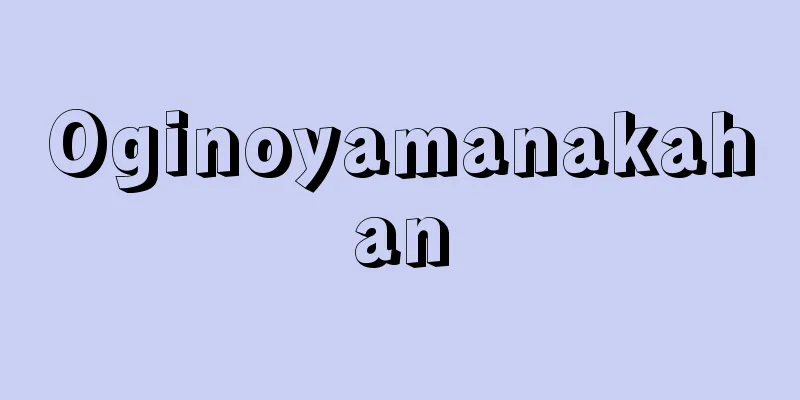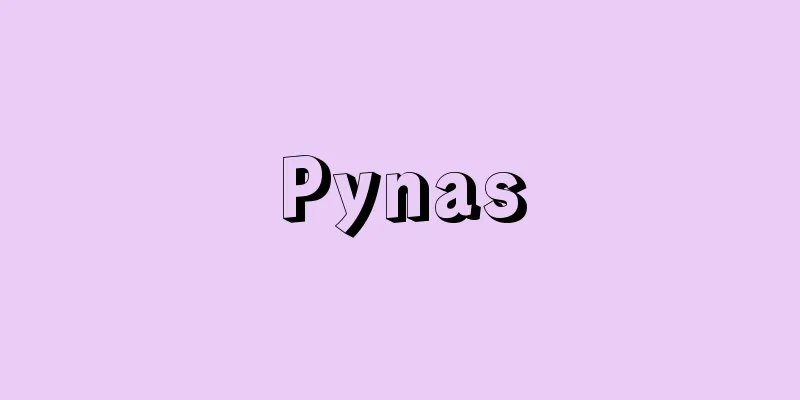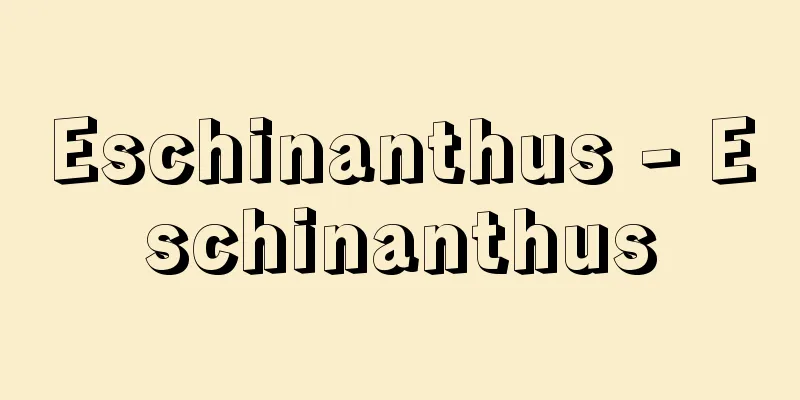Kabasan Incident

|
In September 1884 (Meiji 17), radical members of the Liberal Party in Tochigi, Ibaraki, and Fukushima prefectures attempted to overthrow the Meiji government. The so-called Matsukata deflation policy since 1882 caused rice prices to plummet and taxes to increase, leading to a rapid decline in the middle and poor farming classes, which reached its worst in 1884. In the Kanto and Tokai regions, fallen farmers formed the Debtor Party and the Poor People Party and revolted. The Kabasan Incident, along with other incidents that occurred that year, such as the Gunma Incident, Chichibu Incident, and Iida Incident, were rooted in the poverty of farmers. Kono Hiromi, Kobari Shigeo, and Miura Bunji, who were released in April 1883 after being oppressed in the Fukushima Incident, went to Tokyo with a plan to assassinate their arch enemy, Fukushima Prefectural Governor Mishima Michitsune. In October, Mishima was also appointed governor of Tochigi Prefecture, and immediately began construction of the Ou Highway and the relocation of the prefectural office from Tochigi-cho to Utsunomiya. In this situation, Koinuma Kuhachiro, a Liberal Party member from Shimotsuga County, Tochigi Prefecture, and others gathered their comrades and began manufacturing explosive bombs at the end of 1883 in an attempt to overthrow the government. These two groups joined forces in early 1884 to assassinate Mishima, but failed to find an opportunity. They then planned to assassinate high-ranking government officials at the celebration of the award of Mishima's title in Tokyo in July, but the event was postponed, so they were unable to achieve their goal. They then planned to assassinate the government officials including the Prime Minister Sanjo Sanetomi, who was scheduled to attend the inauguration ceremony of the Tochigi Prefectural Office in Utsunomiya in September, and recruited Tomatsu Masayasu, a Liberal Party member from Ibaraki, and others. They received information that the inauguration ceremony would be held on September 15th, and in order to carry out their plan, on the one hand, Kono and his men tried to rob a pawn shop in Jinbo-cho, Kanda, Tokyo, to obtain funds, but failed, and on the other hand, Koinuma was seriously injured while accidentally manufacturing explosive bombs. Furthermore, the inauguration ceremony was postponed. The authorities pursued Kono, Yokoyama Shinroku, and others who had broken into the shop, and discovered that they were hiding in Shimodate Yuikan. As the situation became increasingly urgent, they finally raised their troops at Kabayama in Ibaraki Prefecture. This was on September 23rd. Although only 16 people participated in the uprising, it was the first uprising to overthrow a dictatorial government, and the first to use explosive bombs. Comrades were arrested all over the country, and seven of them - Tomimatsu, Yasuda Komakichi, Kotoda Iwamatsu, Kobari, Sugiura Kichizoe, Miura, and Yokoyama - were sentenced to death, seven others including Kono were sentenced to life imprisonment, one was killed in battle, and one died before trial. [Yasushi Goto] "Reprint of 'The Kabasan Incident' by Nojima Ikutaro (1966, Heibonsha, Toyo Bunko)" ▽ "Reprint of 'The History of Civil Rights in Eastern Japan' by Sekido Kakuzo (1966, Meiji Documents)" ▽ "Collection of Documents Related to the Kabasan Incident' edited by Inaba Seitaro (1970, San'ichi Shobo)" ▽ "Record of the Kabasan Incident' by Tamura Koichiro (1978, Dento to Gendai Sha)" ▽ "Popular Struggle during the Formation of the Emperor System' by Goto Yasushi (1981, Aoki Shoten)" [Reference] |Source: Shogakukan Encyclopedia Nipponica About Encyclopedia Nipponica Information | Legend |
|
1884年(明治17)9月、栃木、茨城、福島3県下の急進的自由党員が明治政府を転覆しようとした事件。1882年以来のいわゆる松方デフレ政策は米価の暴落と増税をもたらし、中・貧農層の急激な没落を招き、84年には最悪の状態となった。関東、東海地方では没落農民たちが借金党や困民(こんみん)党を結成して蜂起(ほうき)した。加波山事件は、群馬事件、秩父(ちちぶ)事件、飯田(いいだ)事件など、この年に起こった事件とともに、農民の窮乏状態を背景としていた。福島事件で弾圧されたのち83年4月に釈放された河野広体(こうのひろみ)、小針重雄(こばりしげお)、三浦文治(ぶんじ)らは、宿敵の福島県令三島通庸(みちつね)を暗殺しようと計画して上京した。10月、三島は栃木県令をも兼務することになり、ここでも早速に奥羽街道の開削と栃木町から宇都宮への県府移転にとりかかった。こういう情勢のなかで、栃木県下都賀(しもつが)郡の自由党員鯉沼九八郎(こいぬまくはちろう)らも同志を集め、83年末から政府転覆を企てて爆裂弾の製造に着手していた。この二つのグループは84年の初めに連合して三島の暗殺をねらったが好機を得ず、その後7月に東京で開かれる授爵祝賀会の際政府高官の暗殺を企てたが、会が延期されたため志を遂げえなかった。そこで、9月に宇都宮で行われる栃木県庁の落成式に出席予定の太政(だじょう)大臣三条実美(さねとみ)以下の顕官暗殺を計画し、茨城自由党員富松正安(とまつまさやす)らを同志に引き入れた。彼らは落成式が9月15日に行われるという情報を得、計画実行のために、一方では河野らが東京・神田神保(じんぼう)町の質屋に強盗に押し入って資金を得ようとして失敗し、他方では鯉沼が爆裂弾の製造中に誤って重傷を負った。そのうえ、落成式は延期された。官憲は強盗に押し入った河野、横山信六(しんろく)らを追い、下館有為館(しもだてゆういかん)に潜伏していることをつきとめた。事態が急迫するなかで、彼らはついに茨城県の加波山に兵をあげた。9月23日のことである。挙兵参加者はわずか16名であったが、専制政府の転覆を掲げた最初の挙兵であり、爆裂弾を使用した点でも初めてであった。同志は各地で逮捕され、富松、保田駒吉(やすだこまきち)、琴田岩松(ことだいわまつ)、小針、杉浦吉副(きちぞえ)、三浦、横山の7名が死刑、河野ら7名が無期徒役(とえき)、ほか戦死1名、公判前死去1名であった。 [後藤 靖] 『野島幾太郎著『加波山事件』復刻版(1966・平凡社・東洋文庫)』▽『関戸覚蔵著『東陲民権史』復刻版(1966・明治文献)』▽『稲葉誠太郎編『加波山事件関係資料集』(1970・三一書房)』▽『田村幸一郎著『加波山事件始末記』(1978・伝統と現代社)』▽『後藤靖著『天皇制形成期の民衆闘争』(1981・青木書店)』 [参照項目] |出典 小学館 日本大百科全書(ニッポニカ)日本大百科全書(ニッポニカ)について 情報 | 凡例 |
<<: Mosquito swarm - Kabashira
Recommend
Ethiopian Music - Ethiopian Music
The liturgical music of the Coptic Church, a sect ...
Baha'i Faith - Baha'i Today
A religion derived from Babiism, which advocated I...
Eelgrass bed - Amamoba
...The flowering season is from April to May in H...
Design thread - Ishoito
…Blended yarns are yarns made by averaging and mi...
Eikyou Rebellion
This incident occurred between 1438 (Eikyo 10) an...
Evening dress
A general term for formal attire worn by men and w...
Die Fackel
In this sense, Krauss's role can be said to b...
Red rot disease
A disease of cultivated seaweed. The cells die due...
Coprecipitation - Kyochin
When elements with similar chemical properties coe...
Schefflera arboricola (English spelling) Scheffleraarboricola
… [Takabayashi Masatoshi]. … *Some of the termino...
apsis
…also called apsis. (1) A semicircular or nearly ...
Ureaform - Ureaform
…Nitrogen is an important element for plants, con...
"Ohanchoemon" - Ohanchoemon
...Written by Suga Sensuke. Commonly known as &qu...
Shallenburger, O.
…Westinghouse saw the future potential of AC tech...
Mirounga angustirostris (English spelling) Miroungaangustirostris
… Seal [Yasuhiko Naito]. . . *Some of the termino...









